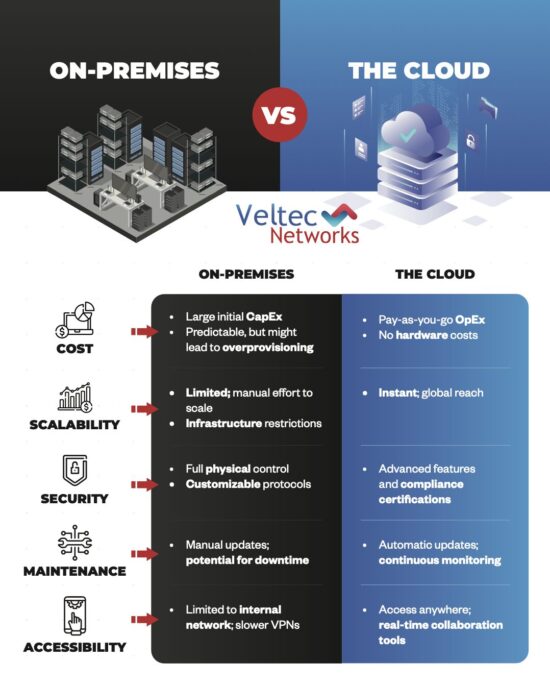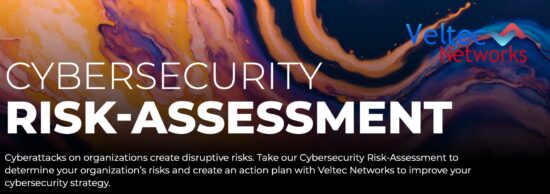Understanding the Dark Web
The web pages you visit regularly are only a small portion of the web verse. The dark web exists well beyond the surface and deep webs. Cybercriminals typically use the dark web as a data peddling marketplace. Learn more about the dark web and how to use it to secure your personal information.

What is the Dark Web?
The dark web is a section of the internet that is only accessible through certain browsers or particular network setups. Search engines can’t index data on the dark web, and it is only open to specified software.
The dark web was designed to guarantee obscurity by encrypting communications and routing online material through various web servers.
What Happens on the Dark Web Today?
While not everything done on the dark web is illegal, many unlawful transactions are carried out on the dark web. Individuals can purchase and sell controlled substances and restricted materials in the dark web marketplaces. Toxic chemicals and weapons are also available for purchase on some dark web marketplaces.
Some hackers provide ransomware as a service (RaaS), allowing hackers to hire a ransomware strain from the author in return for a premium or a share of the ransom payment. Others offer software vulnerabilities that other hackers can use to infect users with malware and obtain their personal information.
Data breaches quickly turn up on dark web platforms. Depending on what was compromised in a breach, compromised data can include social security details, credit card information, among others.
How to Protect Yourself From Data Breaches on the Dark Web
Password Protection
Employing an identical password across several platforms is always the go-to approach for most people, as it becomes much easier to recollect. That’s presumably why, despite numerous warnings, many people continue to use recurring passwords.
Password reuse is one of the most critical cybersecurity threats today. Password reuse is risky since, once a malicious player obtains your password, they can easily access your accounts and the cash, loyalty points, coupons, and other private information found within.
Using a single password- or a weak password – exposes you to a severe risk of theft, fraud, and professional liability. Hackers use various methods, including social engineering, to gain your login details; so, vary your passwords as widely as you can to spread your risks.
To reduce the danger of password reuse, organizations should provide security protection to employee accounts. Also, to secure their bigger internet networks, organizations should extend these protections to their employees’ families.
Dark Web Monitoring
Dark Web Monitoring is a service that continuously looks for your data on the dark web on platforms where such information is regularly traded. Whenever your data is found, dark web monitors will promptly notify you.
Dark Web Monitoring allows you to stay ahead of malicious actors. For instance, if your email account or account credentials are discovered on the dark web, you can change the passwords, making them unique and complex.
Leaked credentials aren’t the only thing to be concerned about on the dark web. Chatter on its platforms could alert a company that it is under assault, has already been compromised, or is linked to another threat to the company, such as a leak at one of its supply chain partners. Monitoring the dark web as part of a broader security strategy is analogous to sending a canary into a mine.
In addition to scanning for breached information, a dark web monitoring program can classify hazards from undisclosed sources. Organizations who receive notifications when their information is mentioned on the dark web can link those sentiments to other security threats and make contingencies in time. You can always find several dark web monitoring services online.
Final Word
Securing yourself from data breaches by remaining proactive and maintaining password variation goes a long way in saving you extensive losses. You can reach out to Veltec Networks to learn more about this.






